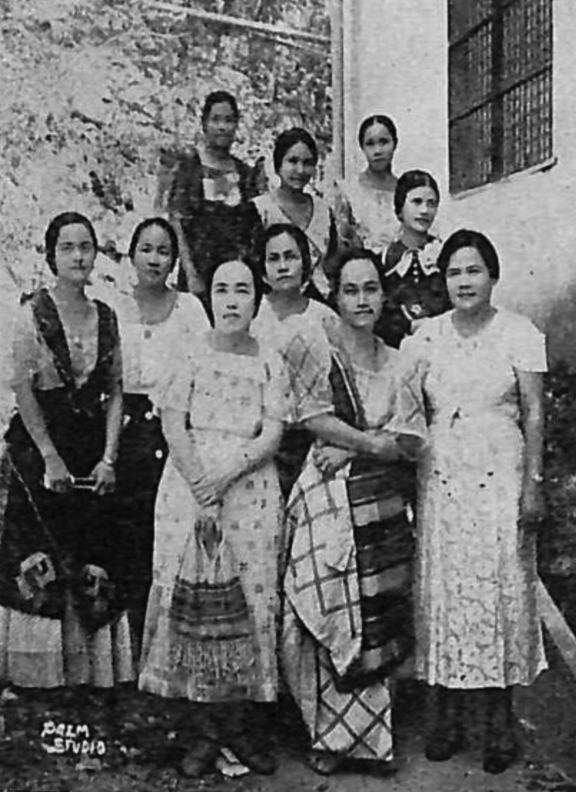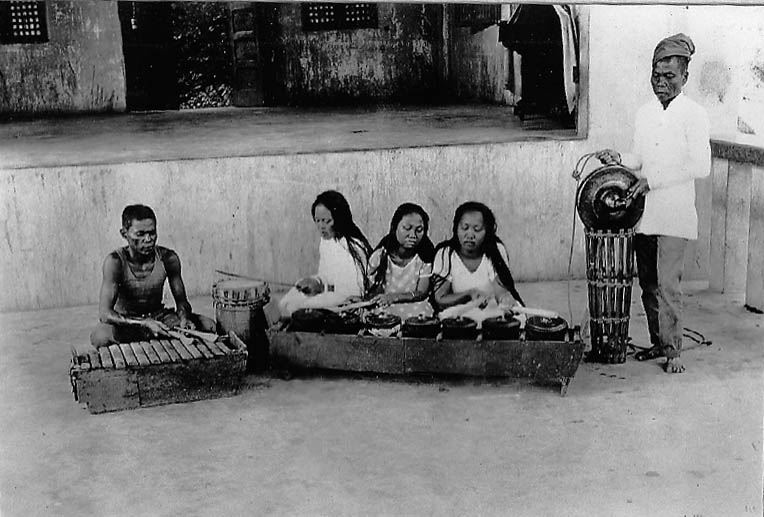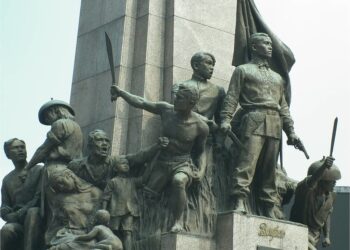Close to 1,000 residents of Culion sanitarium in Palawan, Philippines participated in the 1937 plebiscite that resulted in women gaining the right of suffrage in the Philippines.

Courtesy of Philippine Magazine
Despite these women being relegated to a colony which others previously called “Island of No Return”, they were not, however, left disenfranchised in this democratic process.
Years before the plebiscite, feminist movement had been gaining ground in the Philippines as leaders like Pura Villanueva Kalaw, Josefa Llanes Escoda, among others, had vigorously clamored on behalf of Filipina women’s fight for equality.
The newly adopted 1935 Constitution of the Philippines at the time had paved the way for a plebiscite to decide whether women could be given the right to vote. This fueled a massive ground effort by the Filipina suffragist movement to gather support. And Filipinas could no longer be kept in the sidelines. The constitution required that at least 300,000 women to vote yes to gaining the right to vote.
The leaders of the movement did not leave any stone unturned.
They reached out to Culion six weeks before the plebiscite. Eloise Sterling Hirt, clad in the blue and white Filipiniana dress lent her by Paula Lopez, spoke before residents of Culion who listened to her intently as she delivered her speech, while being translated into Filipino by Pedro Pasion — a linguist resident of Culion who also had Hansen’s disease.
Hirt further described this gathering at the town square in an August 1937 issue of the Philippine Magazine.
“The leper women were as inflammable as guncotton. Although the suffrage speech reached them twice removed—from Mrs. Lim to me, from me to the able leper linguist Mr. Pedro Pasion who translated the talk sentence by sentence into Tagalog—they sat on the edges of their seats and punctuated every point with unreserved approval. They asked questions. To see their eyes brighten, their backs stiffen, their shoulders square as they realized what an unfair challenge the politicians had set them, was an experience that will never come to me again, and one I am sure that they had never dared hoped would come to them. To feel they were never forgotten! To see their ballots assume importance and fit into the pattern of changing national affairs! To know their voices were needed by the women of the Philippines! To be told that their votes —and could they possibly get 1000?—might be the deciding factor in the emancipation of their country-women, gave them more vitality than ten years’ injection of chaulmoogra oil. Even the men, edging the crowd, caught fire and shouted not only approval but willingness to help in the campaign. Boy Scoots too volunteered to carry any woman unable to walk to the polls.”
Immediately, women leaders buckled down to work. They only had six weeks before the plebiscite. They went door to door, bed to bed, to campaign according to Hirt.
She noted that the literacy test was a high hurdle for many; however, nothing was impossible for the sisterhood that yearned to have a voice in the political process.
“They had taught old women to read and write,” said Hirt adding that these women stood in line to register. When the registration was over, there were 952 of them on Culion who would be eligible to cast their votes on April 30, 1937.
Bereft of funds to transport these women to the polls, the campaign leaders were able to secure pledges from Dr. Jose Raymundo and missionary Frederick Jansen to let them use their buses; unfortunately, neither could offer to provide gasoline.
Then nurses on Culion stepped up and held a fundraiser that raised P54 for gasoline.
All their efforts had paid off. The women of Culion had been heard. Their votes counted: 918 in favor and 5 against.
When the final tally of votes came, 447,725 Filipinas voted in favor of having the right to vote, while 44,307 were opposed to it. They clearly met the 300,000 requirement stated by the 1935 Constitution.
Not even their isolation could stop these women from taking part in this historic process. This was truly a testament to the staunch fight the suffragist movement had put up to secure a basic human right for all women.
As powerful as the #MeToo movement of today, the suffragists of the Philippines did not leave anyone behind in this fight to gain legal rights.









